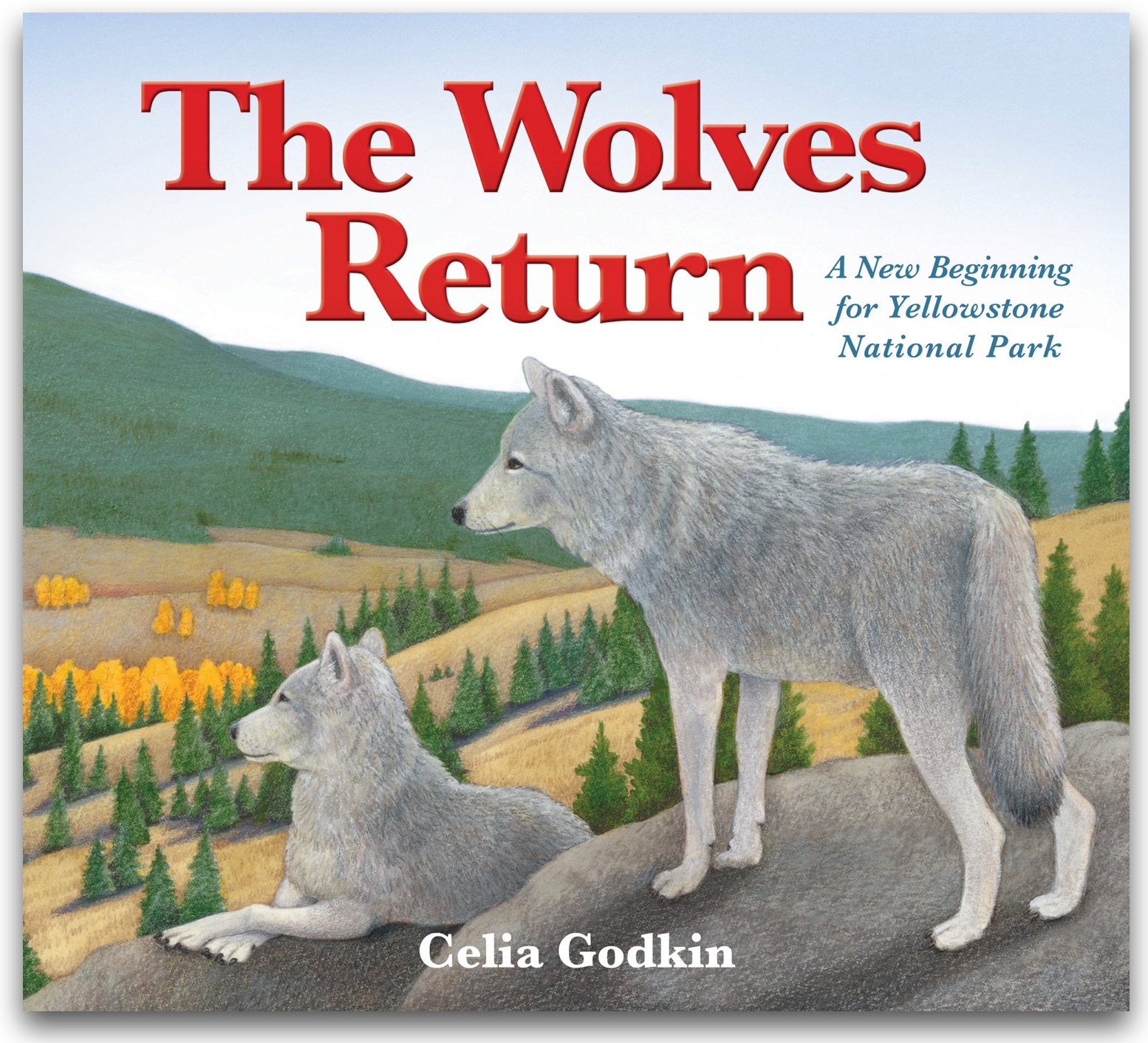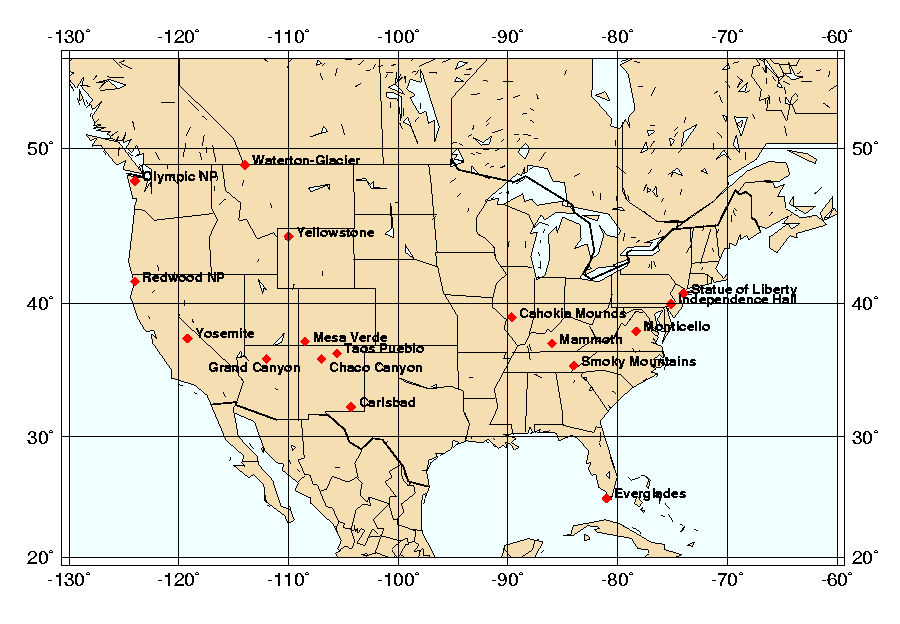


Our core businesses produce scientific, technical, medical, and scholarly journals, reference works, books, database services, and advertising professional books, subscription products, certification and training services and online applications and education content and services including integrated online teaching and learning resources for undergraduate and graduate students and lifelong learners. Wiley is a global provider of content and content-enabled workflow solutions in areas of scientific, technical, medical, and scholarly research professional development and education. Thus, we caution against generalizing the effects of wolf restoration on elk dynamics from any single study and encourage collaborations to develop comparative predator-prey studies that improve our understanding of wolf-ungulate interactions and enhance conservation. These results suggest that the effects of wolf predation on elk populations differ substantially over relatively small spatial scales, depending on a complex suite of interacting factors. We suspect this level of mortality will be of little biological significance with respect to elk population trajectory. In contrast, high kill rates on the lower Madison area, combined with low wolf densities and high elk densities, resulted in winter predation estimates not exceeding 4% of the elk population. Moderate kill rates in the Madison headwaters, combined with high wolf densities and modest elk densities, resulted in an estimated 20% of the elk population being killed during winter and projections for a declining elk population. Wolf kill rates on the lower Madison area were approximately double that documented for the Madison headwaters area. However, poor recruitment and low adult survival limited wolf population growth, with the area supporting a single pack, never exceeding 5 animals. During winter 1999 emigrates from Yellowstone established a pack on the lower Madison area. A resident pack became established on the Madison headwaters area in 1997 and grew to multiple packs totaling 30-40 animals by 2002.

We report on a 5-year comparative study of wolf (Canis lupus)-elk (Cervus elaphus) dynamics on an elk herd in the headwaters of the Madison River within Yellowstone National Park and the lower Madison elk herd that winters 40 km downriver outside the Park. Although numerous authors are investigating indirect effects of wolf recovery, the most fundamental ecological impact of the Greater Yellowstone Area wolf reintroduction, the effects of wolf predation on ungulate populations, remains unclear.


 0 kommentar(er)
0 kommentar(er)
